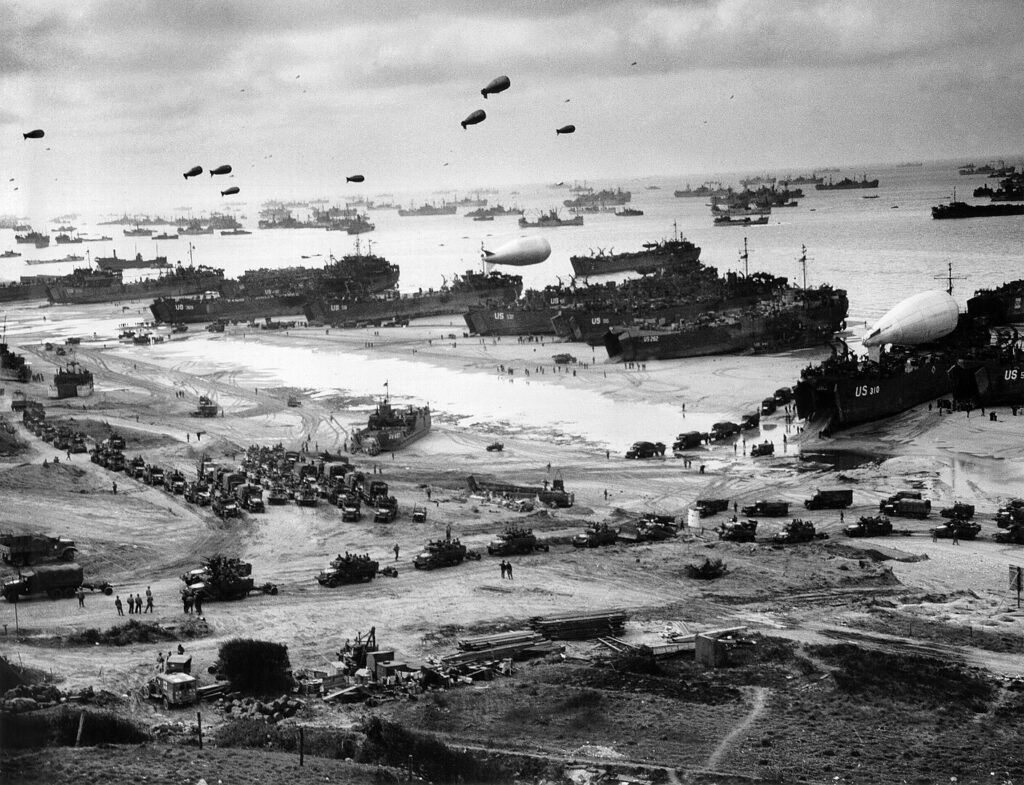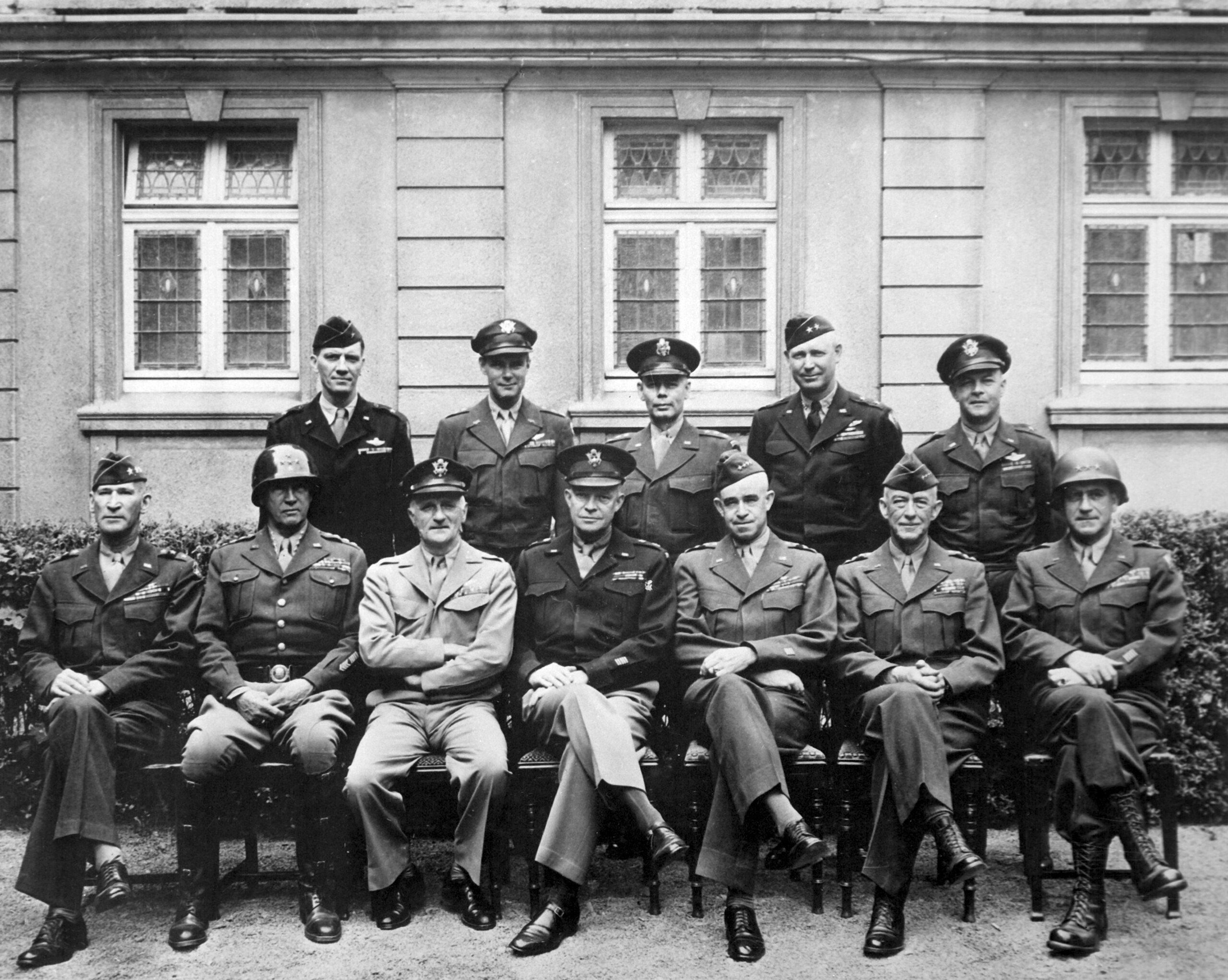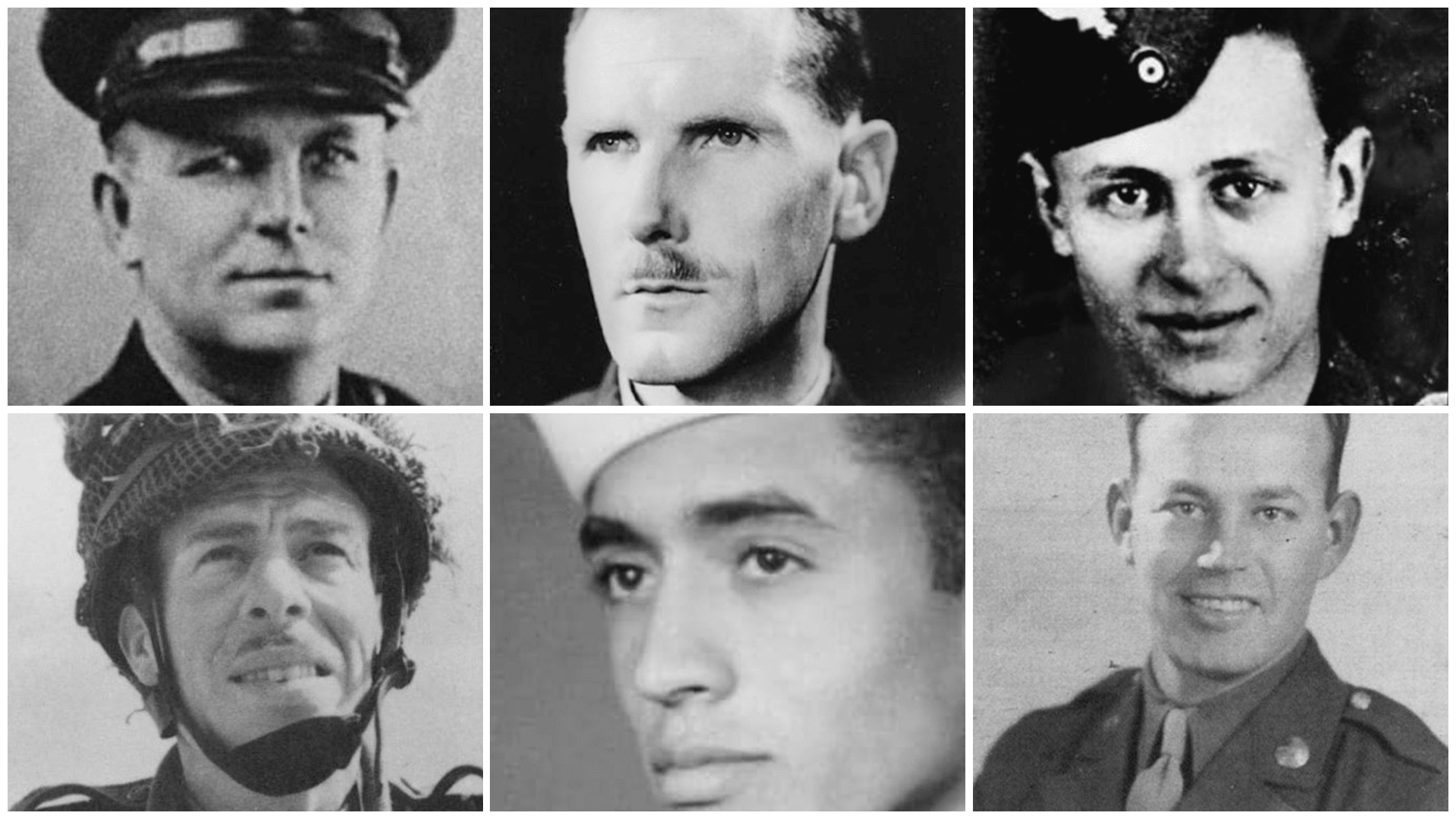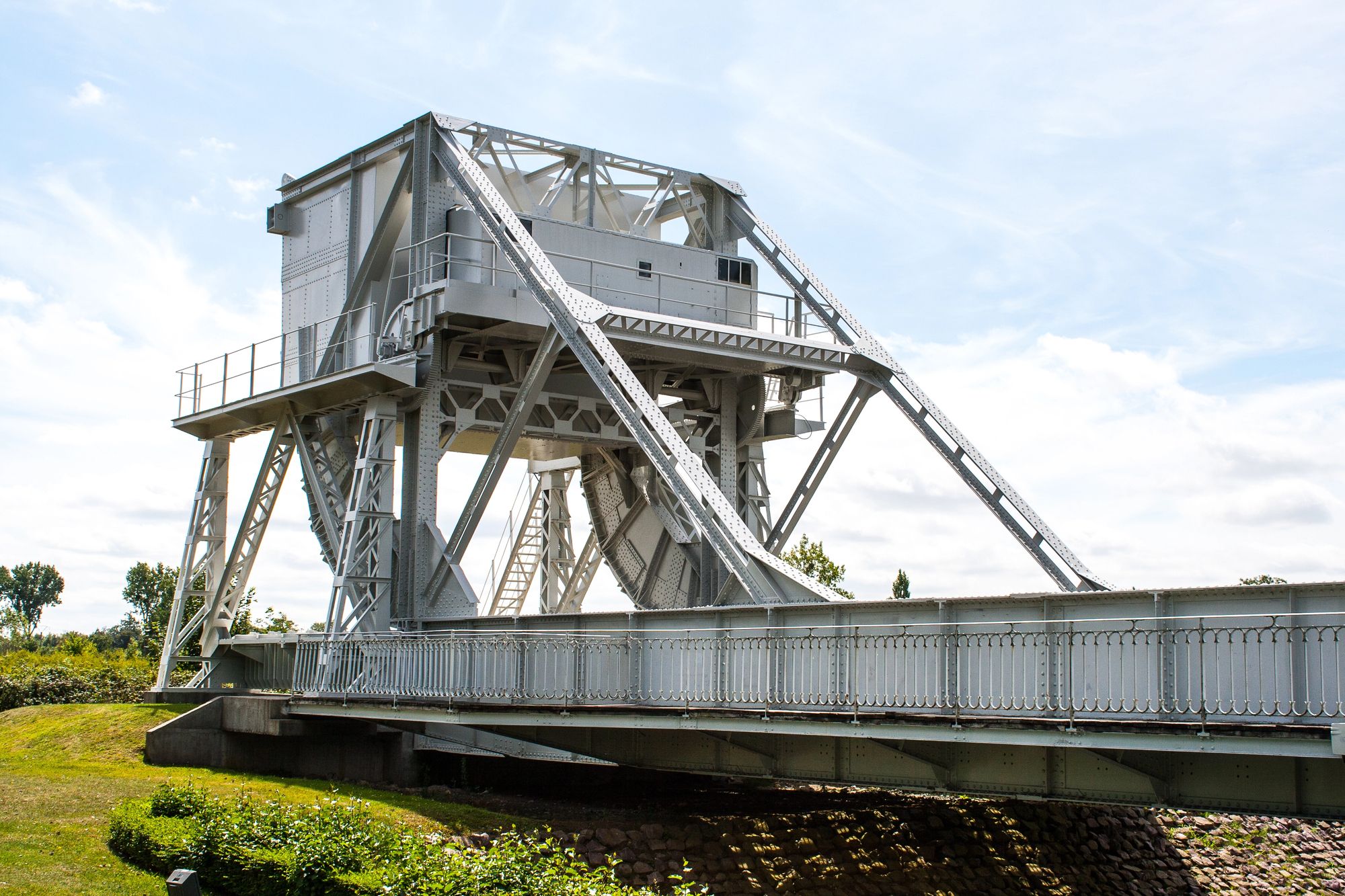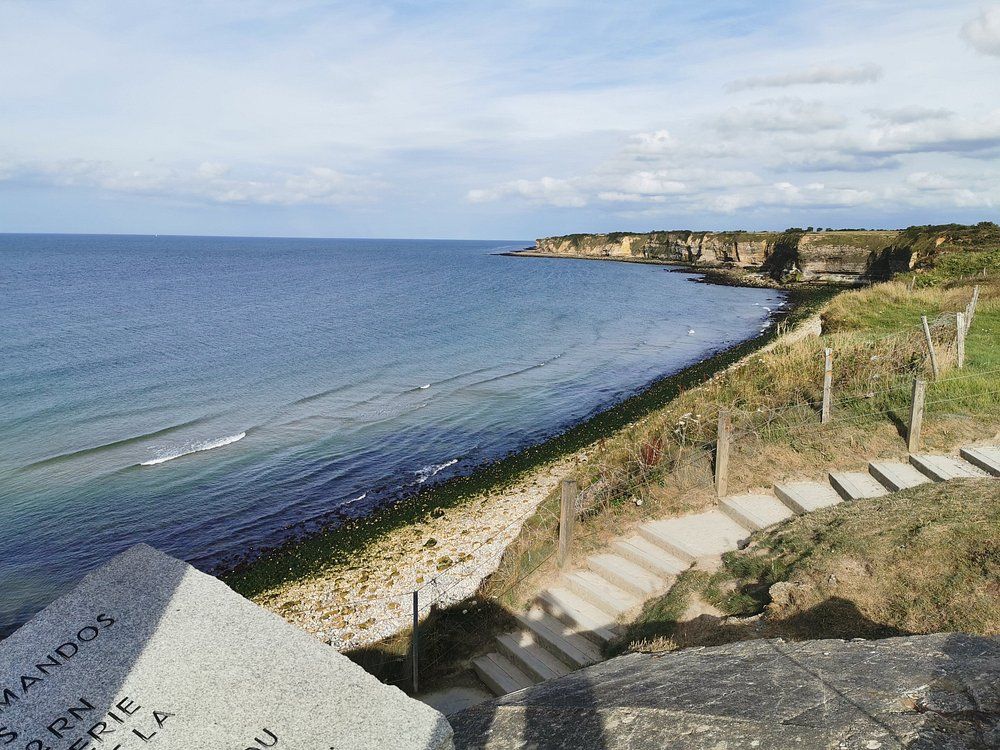Operation Overlord was the code name for the massive Allied invasion of Nazi-occupied Western Europe during World War II. Launched on June 6, 1944 – a day now known as D-Day – this operation marked the beginning of the liberation of Western Europe from Nazi control. Operation Overlord involved landing five naval assault divisions on the beaches of Normandy, France, making it the largest amphibious military assault in history.
The operation required years of careful planning, deception tactics, and the coordination of over 156,000 Allied troops. These forces faced heavy German defenses along the French coastline, yet they managed to establish a foothold that would allow the Allies to pour more troops and equipment into Western Europe. The beaches of Normandy – codenamed Utah, Omaha, Gold, Juno, and Sword – became the gateway for the Allied push toward Germany.
Operation Overlord represented a turning point in World War II. After the successful landings, Allied forces began their march across France, eventually pushing toward Germany itself. The operation demonstrated unprecedented cooperation between American, British, Canadian, and other Allied forces, uniting them in their mission to defeat Nazi Germany and end Hitler’s control over Europe.
Operation Bodyguard

Operation Bodyguard was the codename for the Allies’ elaborate deception strategy during World War II. Implemented before the 1944 invasion of northwest Europe, it aimed to mislead German commanders about the timing and location of the Allied invasion.
The primary goal was to keep German forces away from Normandy, the actual target of Operation Overlord. Allied planners created a complex web of false information to convince the Germans that the invasion would occur elsewhere.
UK intelligence agencies played a crucial role in this deception. They used double agents, fake radio traffic, and inflatable tanks to create the illusion of troop buildups in areas away from Normandy.
One major component was Operation Fortitude, which made the Germans believe that the invasion would come through the Pas-de-Calais region. This was strategically important as it was the shortest route across the English Channel.
Dwight D. Eisenhower, the Supreme Allied Commander, authorized these deceptive measures. The plan successfully kept German reserves away from Normandy during the critical early days of the invasion.
German High Command, including Field Marshal Erwin Rommel, fell for many aspects of the deception. They maintained significant forces in areas away from Normandy, weakening their defensive capabilities at the actual landing sites.
The success of Operation Bodyguard contributed significantly to the Allied invasion’s outcome. By keeping German forces dispersed, it reduced casualties and helped establish the crucial beachhead in France.
Operation Neptune

Operation Neptune was the naval component of Operation Overlord, which began on June 6, 1944. It represented the amphibious phase of the Normandy invasion, involving a massive fleet of ships and landing craft.
The U.S. Navy played a critical role alongside Allied naval forces in transporting troops across the English Channel to five designated Normandy beaches: Utah, Omaha, Gold, Juno, and Sword. American forces were primarily responsible for Utah and Omaha beaches.
Before the landings, battleships and destroyers bombarded the Atlantic Wall defenses built by German forces along the coastline. This naval firepower aimed to weaken enemy positions and clear obstacles for the incoming troops.
The amphibious operation was incredibly complex, requiring coordination between naval vessels, air forces, and ground troops. Landing craft delivered soldiers directly onto the beaches while larger ships provided fire support from offshore.
Paratroopers and airborne troops were also deployed ahead of the beach landings to secure key inland positions. This combined approach helped the Allied forces establish their crucial foothold in Western Europe.
Weather conditions presented significant challenges for the operation. Strong winds and rough seas made the channel crossing difficult and complicated landing procedures, especially at Omaha Beach where resistance was fiercest.
Operation Neptune remains one of history’s largest amphibious assaults, involving nearly 7,000 vessels of all types. The naval component proved essential to the success of the broader Normandy invasion and the eventual liberation of Western Europe.
Other D-Day Operations
Behind the beaches of Normandy lay a blueprint of extraordinary military planning—dozens of precisely choreographed operations identified only by their cryptic codewords. These seemingly mundane designations like “Overlord,” “Neptune,” and “Fortitude” concealed the most ambitious components of Allied strategy, from the massive cross-channel invasion to elaborate deception schemes that convinced Hitler the real attack would come at Pas-de-Calais. Each operation represented not just tactical objectives but the collective intelligence, innovation and determination that underpinned the liberation of Western Europe.
From the artificial harbors of Operation Mulberry to the radar-jamming tactics of Operation Taxable, these codenamed missions showcase how D-Day’s success depended on specialized operations functioning in concert. This comprehensive index unveils the full spectrum of Allied planning—the pre-invasion preparation, the landings themselves, and the critical breakout operations that followed—revealing how compartmentalized military actions became interlocking pieces of history’s most consequential amphibious assault, forever changing the trajectory of World War II.
Click here to read about all the other D-Day Operations.
Battle of Normandy
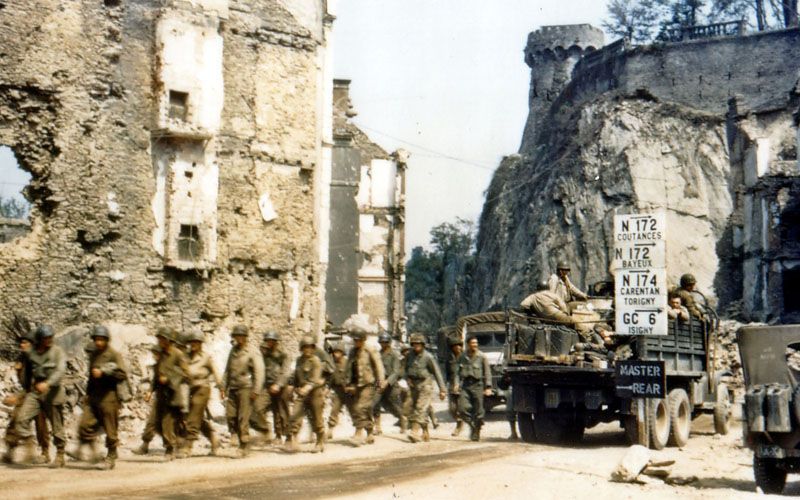
The weeks following D-Day were crucial for the Allied forces in Western Europe. After establishing beachheads on June 6, 1944, troops pushed inland across the Normandy countryside. This phase would become known as the Battle of Normandy.
Allied forces faced fierce German resistance as they attempted to expand their foothold. The hedgerow-lined fields of Normandy provided natural defensive positions for German troops, slowing the Allied advance.
The French Resistance played a vital role during this period. Resistance fighters sabotaged German communications, provided intelligence to Allied commanders, and helped downed pilots escape capture.
By late June, American forces had succeeded in capturing Cherbourg at the tip of the Cotentin Peninsula. This victory gave the Allies a crucial deep-water port to bring in reinforcements and supplies.
While some French citizens welcomed the liberating forces, the issue of collaboration remained complicated. Some who had worked with the German occupation now faced retribution from their countrymen.
Operation Overlord’s success in the European Theater forced Hitler to shift resources from other fronts. The Soviet offensive Operation Bagration, launched shortly after D-Day, benefited from this reallocation of German forces.
By mid-August, Allied forces had broken through German lines near Avranches. This breakthrough allowed them to encircle much of the German army in Normandy at the Falaise Pocket, dealing a devastating blow to Nazi forces in France.
D-Day Facts And Figures
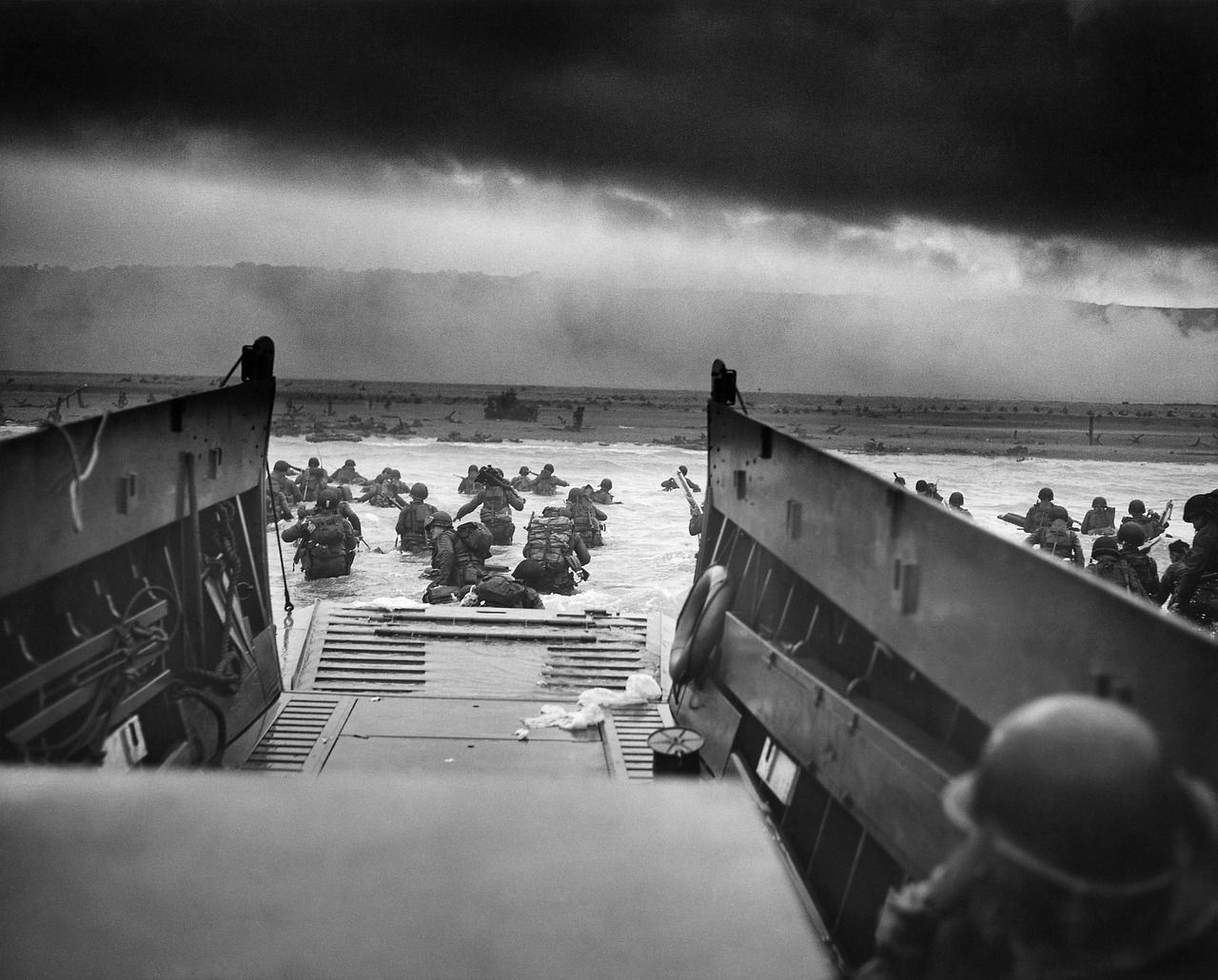
D-Day, the Allied invasion of Normandy on June 6, 1944, was a massive military operation. It was part of Operation Overlord, the larger plan to liberate Western Europe from Nazi control.
The invasion involved over 156,000 Allied troops from the United States, United Kingdom, Canada, Free France, and Norway. This made it the largest amphibious assault in military history.
Before the main landings, about 1,200 planes dropped paratroopers behind enemy lines. Their job was to secure key areas and disrupt German defenses.
The Allied forces landed across five beaches along 50 miles of the Normandy coastline. These beaches were given code names:
- Utah – American forces
- Omaha – American forces
- Gold – British forces
- Juno – Canadian forces
- Sword – British forces
Nearly 7,000 naval vessels supported the invasion, including warships and transport vessels. They provided crucial artillery support and transported troops to the beaches.
The operation required extensive planning and preparation. Allied forces used deception tactics to convince German forces that the invasion would occur elsewhere.
Despite heavy German defenses, including obstacles and mines on the beaches, Allied forces established a foothold in France. This successful landing opened the Western Front against Nazi Germany and became a turning point in World War II.
Timeline Of D-Day Events
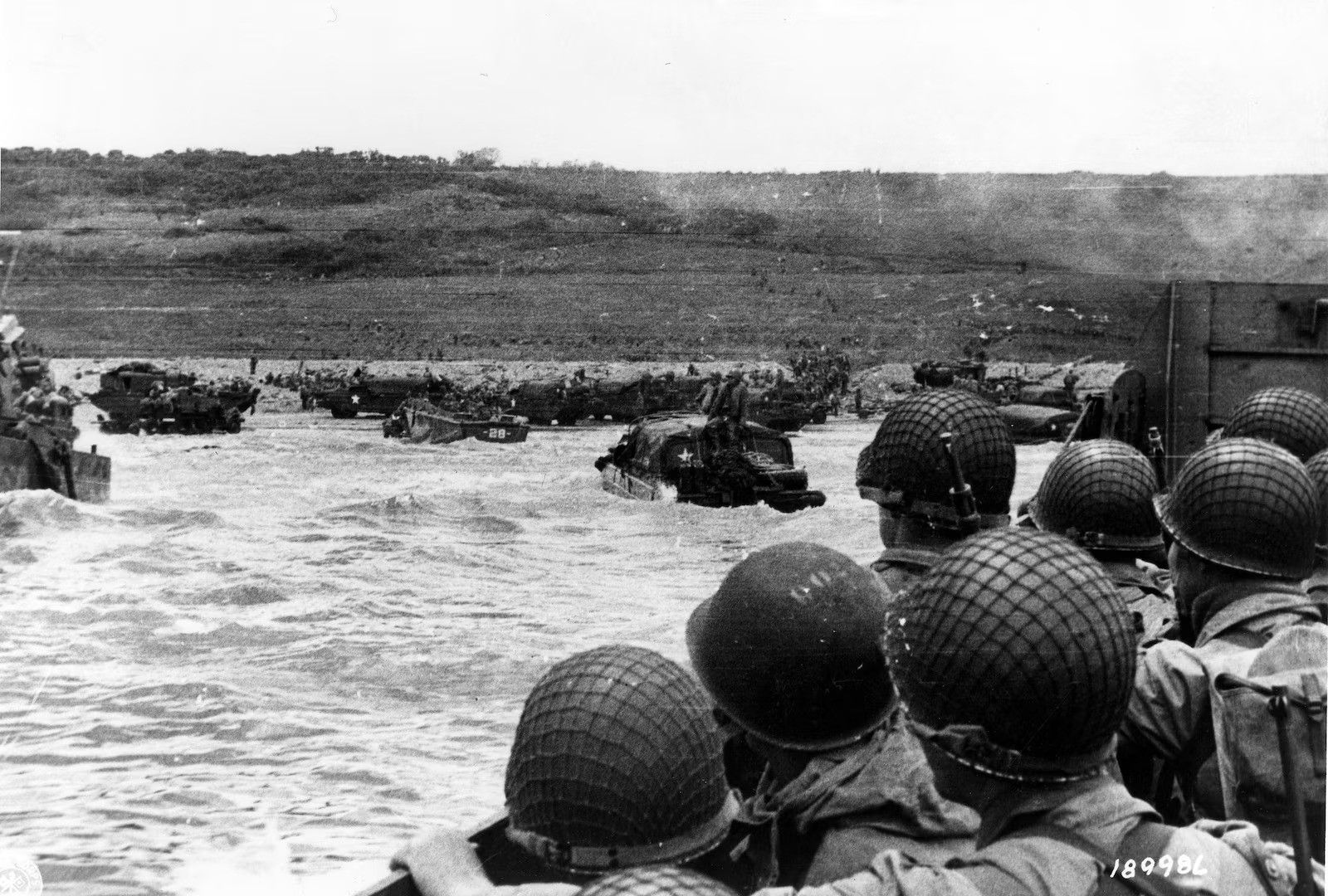
Operation Overlord began on June 6, 1944, known as D-Day. This massive assault represented the beginning of the Allied effort to liberate Western Europe from Nazi control.
The operation started in the early hours when 24,000 American, British, and Canadian airborne troops parachuted behind enemy lines. Their mission was to secure bridges and exit routes for the troops landing on the beaches.
At 6:30 AM, Allied naval forces began bombarding the German coastal defenses. Over 7,000 vessels supported the invasion, making it the largest amphibious assault in history.
Between 7:30 AM and 8:30 AM, infantry began landing on five designated beaches: Utah, Omaha, Gold, Juno, and Sword. American forces took Utah and Omaha, while British troops secured Gold and Sword. Canadian forces landed at Juno Beach.
Omaha Beach saw the heaviest fighting, with American forces facing steep cliffs and heavy German resistance. Nearly 2,400 American troops were killed, wounded, or went missing at Omaha.
By noon, Allied forces had established footholds on all five beaches, though progress varied. Utah Beach saw relatively light resistance, while Omaha remained contested.
By the end of the day, more than 156,000 Allied troops had landed in France. Although they had not reached all their objectives, they had successfully established a crucial foothold in Nazi-occupied Europe.
Technology Used on D-Day
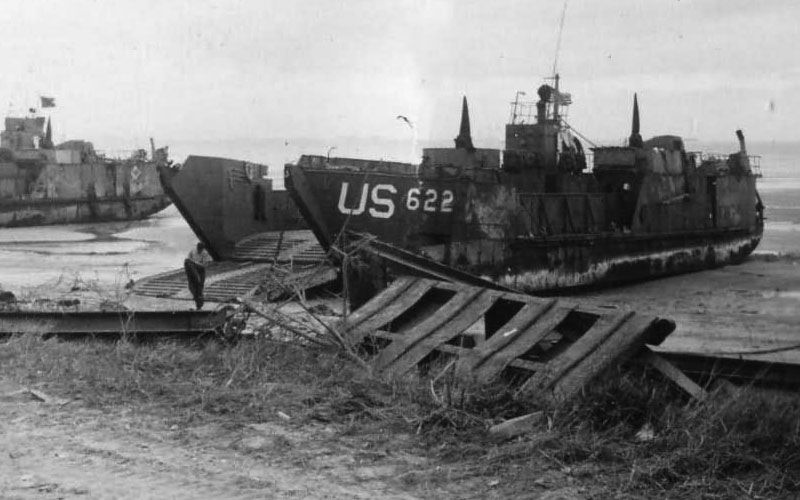
On June 6, 1944, Allied forces launched the largest amphibious invasion in military history, employing innovative technologies crucial to Operation Overlord’s success. The DD (Duplex Drive) tanks with watertight canvas housing transformed from floating vessels to battle-ready armor upon reaching the beaches. Advanced radar systems like the SCR-717C provided critical navigation capabilities for pilots during moonlit airborne operations, while specially designed landing craft and artificial harbors enabled the massive movement of troops and supplies.
The Atlantic Wall presented a formidable obstacle – an extensive system of coastal fortifications built by Nazi Germany along Western Europe. These defenses included massive concrete bunkers, gun emplacements, and obstacles supervised by Field Marshal Erwin Rommel. Despite its impressive scale, Allied planners developed specific technologies to overcome these defenses, including specialized training facilities and fighter-bombers that neutralized key positions during the invasion.
Transport aircraft and gliders were essential to the operation’s success. Over 1,000 C-47 Skytrain aircraft deployed paratroopers into Normandy, utilizing the Rebecca-Eureka radar transponder system for navigation. Engineless gliders towed behind larger planes delivered approximately 13,500 American troops plus heavy equipment like tanks and artillery pieces that couldn’t be parachuted. Their silent approach provided a tactical advantage, allowing Allied forces to surprise German defenders at critical locations.
Specialized vehicles and artificial harbors proved decisive in establishing and maintaining the beachhead. “Hobart’s Funnies” – modified tanks developed by Major General Percy Hobart – included amphibious DD tanks, flail tanks for clearing mines, and bridge-carrying vehicles that helped overcome beach obstacles. The Mulberry Harbors – ingenious floating ports – created calm waters for ships to unload troops and supplies directly onto the beaches, handling over 2.5 million men, 500,000 vehicles, and 4 million tons of supplies despite one harbor being destroyed in a storm on June 19, 1944.
Faces of Operation Overlord
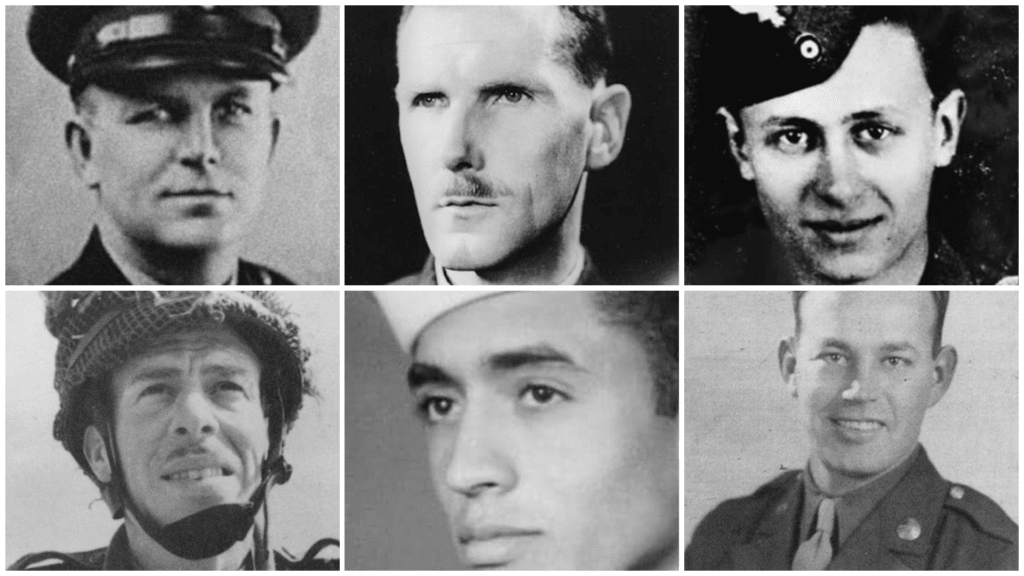
The Normandy landings on June 6, 1944, saw more than 150,000 Allied soldiers storm the beaches and parachute behind enemy lines—but this monumental operation succeeded through the contributions of countless individuals whose names rarely appear in history books. While combat troops rightfully receive recognition for their sacrifice, an extensive network of brilliant minds and dedicated workers made D-Day possible through their innovations, intelligence gathering, and logistical expertise.
Behind every landing craft and paratrooper stood researchers developing breakthrough technologies, intelligence officers deciphering enemy communications, and supply specialists coordinating the movement of unprecedented quantities of materials. These individuals—working in laboratories, map rooms, factories, and secret facilities across Britain and America—formed the hidden foundation of Operation Overlord’s success.
The Normandy Campaign featured remarkable personalities on both sides of the conflict. From the strategic minds in Allied headquarters to the German officers attempting to repel the invasion, each participant contributed to this pivotal moment in world history. Their stories reveal the human dimension behind military operations often described only in terms of troop movements and tactical objectives.
This glimpse into the lives of selected individuals—some well-known, others virtually forgotten—illuminates the diverse talents that shaped the Normandy Campaign. While famous commanders may dominate historical accounts, countless others made equally vital contributions through their specialized skills, innovative thinking, and unwavering dedication to their respective causes. Their collective efforts transformed the course of World War II and ultimately shaped our modern world.
Animals in Combat
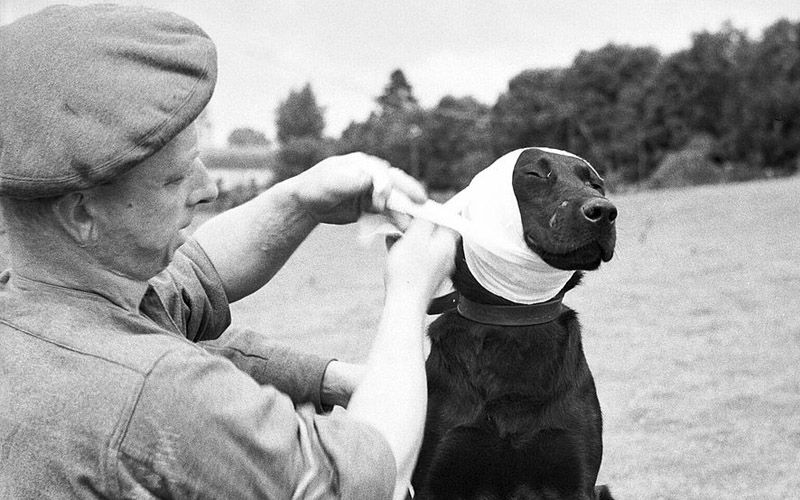
During World War II, animals made remarkable but often overlooked contributions to the Allied war effort, particularly during the D-Day operations. The Dickin Medal, established in 1943 by PDSA founder Maria Dickin and inscribed “For Gallantry” and “We Also Serve,” recognized these animal heroes. During the conflict, this prestigious award was presented to 32 pigeons, 29 dogs, 4 horses, and one cat who demonstrated exceptional service alongside military forces.
Five carrier pigeons received Dickin Medals specifically for their Normandy Campaign service, including Gustav who delivered the first message from the beaches on D-Day, Paddy who flew 230 miles across the English Channel in less than five hours, and Duke of Normandy who carried crucial intelligence from paratroopers of the 21st Army Group. These birds maintained vital communication links when technology failed, often completing their missions despite injuries, exhaustion, and enemy attempts to shoot them down.
Beyond pigeons, “Paradogs” like Bing (Brian) made extraordinary contributions by parachuting into Normandy on June 6th. This Alsatian-Collie mix trained to locate mines and maintain vigilance against enemy troops, serving with the 13th Parachute Battalion before being wounded in action. These loyal animals performed critical functions without understanding the conflict, carrying messages, detecting explosives, and boosting morale under terrifying conditions—sacrificing alongside their human companions in the pursuit of freedom during history’s largest amphibious invasion.
D-Day Glossary and FAQs
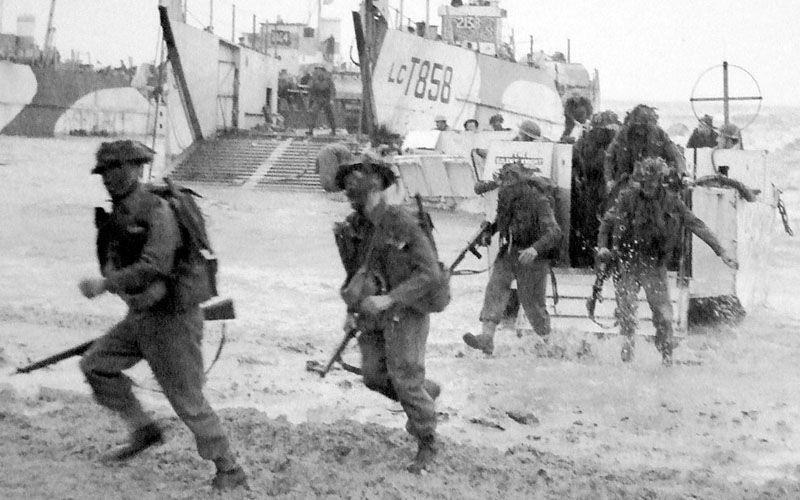
The momentous Normandy invasion spawned a rich lexicon of specialized terms that often baffle modern readers. This concise glossary unravels D-Day’s distinctive vocabulary—from cryptic beach code names to obscure military equipment designations—providing essential context for understanding firsthand accounts. By clarifying this specialized terminology, we illuminate both the technical complexity and human experience behind history’s greatest amphibious assault that turned the tide against Nazi Germany.

